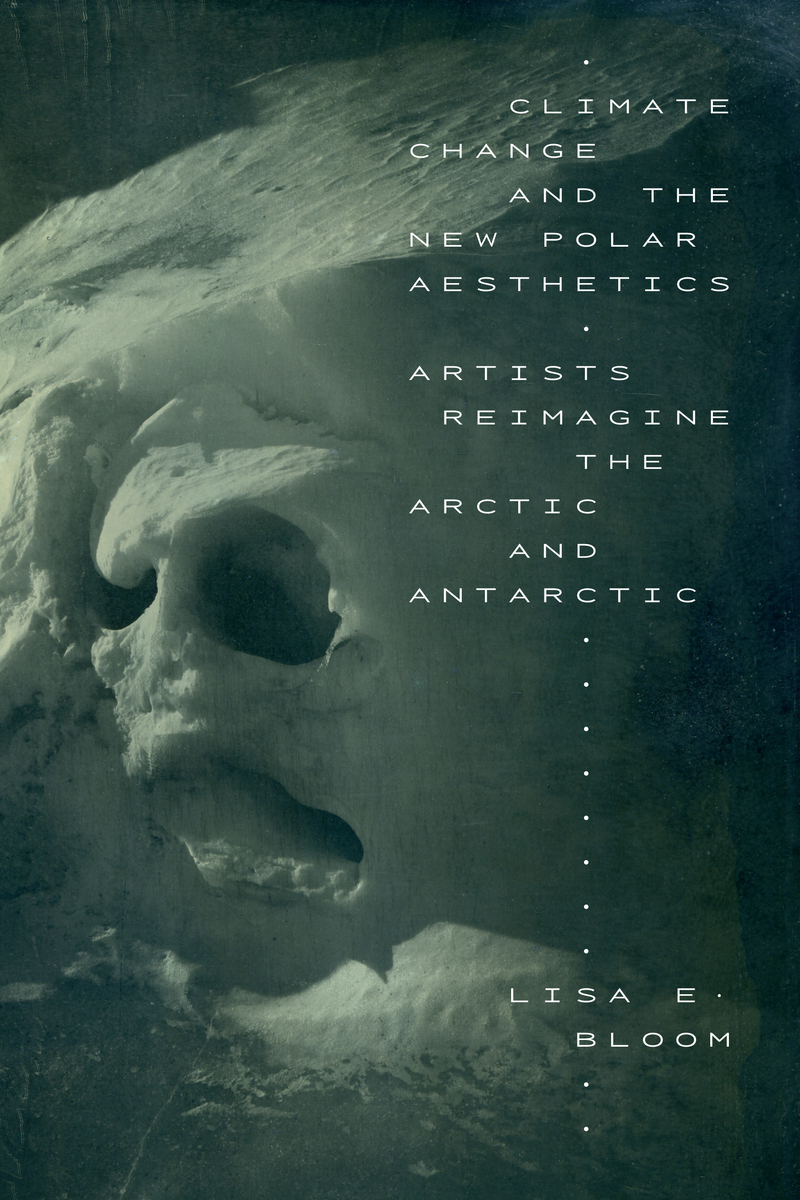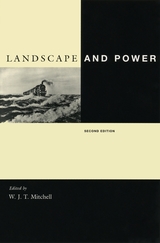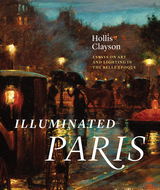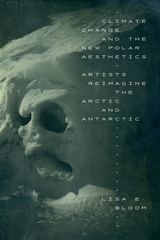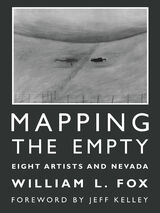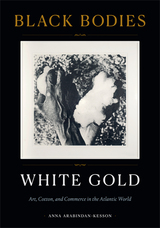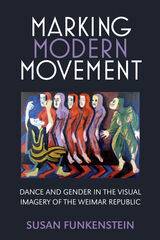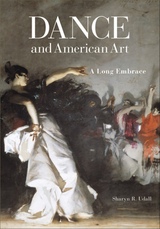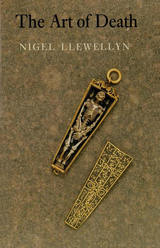Climate Change and the New Polar Aesthetics: Artists Reimagine the Arctic and Antarctic
Duke University Press, 2022
eISBN: 978-1-4780-1864-3 | Cloth: 978-1-4780-1599-4 | Paper: 978-1-4780-2324-1
Library of Congress Classification N8214.5.P63B56 2022
Dewey Decimal Classification 398.21
eISBN: 978-1-4780-1864-3 | Cloth: 978-1-4780-1599-4 | Paper: 978-1-4780-2324-1
Library of Congress Classification N8214.5.P63B56 2022
Dewey Decimal Classification 398.21
ABOUT THIS BOOK | AUTHOR BIOGRAPHY | REVIEWS | TOC | REQUEST ACCESSIBLE FILE
ABOUT THIS BOOK
In Climate Change and the New Polar Aesthetics, Lisa E. Bloom considers the ways artists, filmmakers, and activists engaged with the Arctic and Antarctic to represent our current environmental crises and reconstruct public understandings of them. Bloom engages feminist, Black, Indigenous, and non-Western perspectives to address the exigencies of the experience of the Anthropocene and its attendant ecosystem failures, rising sea levels, and climate-led migrations. As opposed to mainstream media depictions of climate change that feature apocalyptic spectacles of distant melting ice and desperate polar bears, artists such as Katja Aglert, Subhankar Banerjee, Joyce Campbell, Judit Hersko, Roni Horn, Isaac Julien, Zacharias Kunuk, Connie Samaras, and activist art collectives take a more complex poetic and political approach. In their films and visual and conceptual art, these artists link climate change to its social roots in colonialism and capitalism while challenging the suppression of information about environmental destruction and critiquing Western art institutions for their complicity. Bloom’s examination and contextualization of new polar aesthetics makes environmental degradation more legible while demonstrating that our own political agency is central to imagining and constructing a better world.
See other books on: Art and society | Climate Change | In art | In motion pictures | Polar regions
See other titles from Duke University Press
